How Hollywood Has Rewritten the American Revolution
From Silent-Era Myths to Prestige TV, Here’s How America’s Founding Conflict Has Been Portrayed on Screen
“The big ideas of the Revolution aren’t diminished by telling the truth. They’re made stronger by it.” — Ken Burns.
For over a century, filmmakers and television producers have tried to bring the American Revolution to life. But how accurate are these portrayals? And what do they say about the eras in which they were made? From silent film spectacles to Oscar-winning miniseries, depictions of the Revolutionary War have evolved from patriotic propaganda to complex human drama.
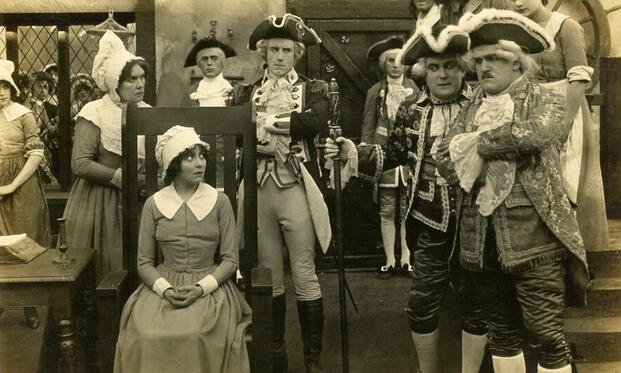
The Silent Era (1910s–1920s): Patriotism in Black and White
The first cinematic takes on the American Revolution focused more on patriotic mythmaking than historical truth. The Spirit of ’76 (1917) depicted the colonists as flawless heroes and British soldiers as cartoon villains. Its portrayal of the opposition was so controversial that it became banned during WWI for its anti-British stance. D.W. Griffith’s America (1924) turned the Revolution into a melodramatic spectacle. These films served as morale boosters and reflected a country eager to see itself as righteous and united.
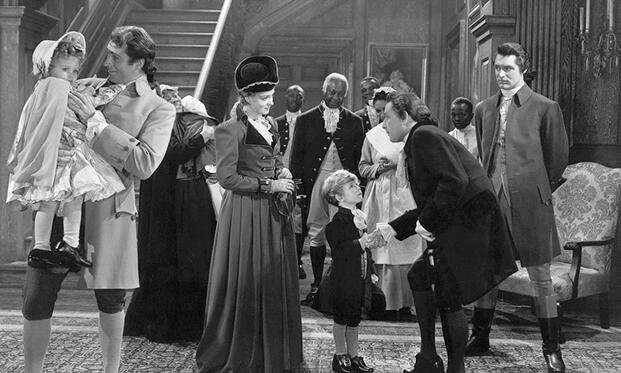
Golden Age Hollywood (1930s–1950s): Romance, Frontier, and Family
Hollywood began experimenting with Technicolor period pieces that brought Revolutionary-era settings to life with greater visual realism—at least. Films like Drums Along the Mohawk (1939) and The Howards of Virginia (1940) offered exciting frontier action, whereas Johnny Tremain (1957) turned the Revolution into a coming-of-age story for younger viewers. Still, these works rarely interrogated the founding ideals or included the perspectives of Native Americans, enslaved people, or Loyalists.

Bicentennial Television Boom (1960s–1970s): Founders on the Small Screen
The approach of the U.S. Bicentennial in 1976 spurred a wave of celebratory programming. The Adams Chronicles (1976) followed four generations of the Adams family and helped elevate John Adams’ role in the nation’s founding. 1776, a musical turned film (1972), delivered a patriotic and comedic take on the Second Continental Congress. Though the portrayals were respectful, even reverential, and emphasized civic virtue over internal divisions, their ultimate aim was to educate and inspire national pride.

Realism and Complexity (1980s–1990s): Grit and Moral Ambiguity
Portrayals of the Revolution began to mature as cinema matured. April Morning (1988) offered a visceral take on the Battle of Lexington, seen through the eyes of a teenage boy forced into war. Then there is Mary Silliman’s War (1994), which focuses on the emotional and psychological toll the war takes on women left behind. CBS’s George Washington miniseries presented the first president with greater complexity and inner conflict than viewers were used to at the time. With these productions, movie makers began to peel back the heroism and explore class struggles, colonial dissent, and Native alliances. Though we still hadn’t reached a complete, comprehensive look at the war in all its complexity.
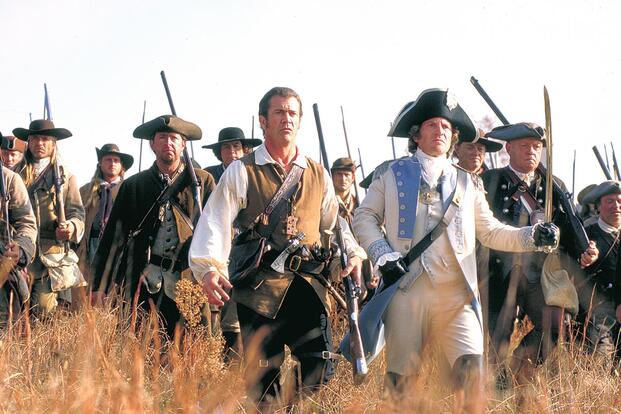
Modern Era (2000s–2020s): Prestige, Diversity, and Dissent
This era ushered in high-production dramas with greater commitment to realism—and room for reinterpretation. The Patriot (2000) brought battle scenes to blockbuster scale but was sharply criticized for fabricating atrocities and omitting slavery altogether. In contrast, HBO’s John Adams (2008), an adaptation of David McCullough’s Pulitzer Prize-winning book, earned 13 Emmys for its meticulous attention to character and historical accuracy. Paul Giamatti’s performance as the irritable but brilliant Adams, paired with Laura Linney’s powerful turn as Abigail, offered a grounded portrait of one of the founding fathers who’d gotten short shrift by history.
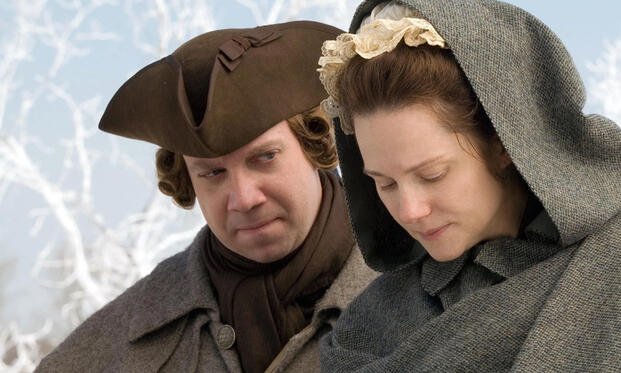
AMC’s TURN: Washington’s Spies (2014–17) added espionage and psychological warfare to the narrative. Meanwhile, Lin-Manuel Miranda’s Hamilton (2020) (streaming with a Disney+ subscription) reframed the Founders through modern musical theater and color-conscious casting, becoming a national phenomenon. The cast even performed for President Obama as he prepared to leave office. This take invited new audiences while sparking debates about historical erasure.
Ken Burns’ The American Revolution: A New Benchmark
Ken Burns’ upcoming PBS documentary The American Revolution (2025), airing across six nights beginning on November 16, may be the most ambitious take yet. Spanning six episodes and twelve hours, it tells the story not just as a war for independence but as a civil war and a world war. Burns’ version focuses on the complexity of command, while putting the suffering of the common soldier at the story’s forefront. We also, for nearly the first time, see the massive roles played by Native peoples, Black Americans, women, and Loyalists.

Burns frames the war as both inspirational and hypocritical, a gamble for liberty that excluded many. With voice performances by nearly 200 actors (including Paul Giamatti reprising John Adams via letters), and scenes shot at over 100 historic locations, it promises a gritty, multifaceted portrait aimed at both educating and challenging audiences.
What Changed – And Why It Matters
Over the last century, depictions of the American Revolution have transformed dramatically. While early depictions of the founding of the United States were driven by nationalism and simplicity, modern portrayals now reflect a more realistic look at the complexity of the moment in history. Many modern depictions focus on:
- Cultural Introspection post-Vietnam and post-9/11.
- Greater Inclusivity (e.g., roles for women, Black Americans, Loyalists).
- Audience Expectations for depth, conflict, and authenticity.
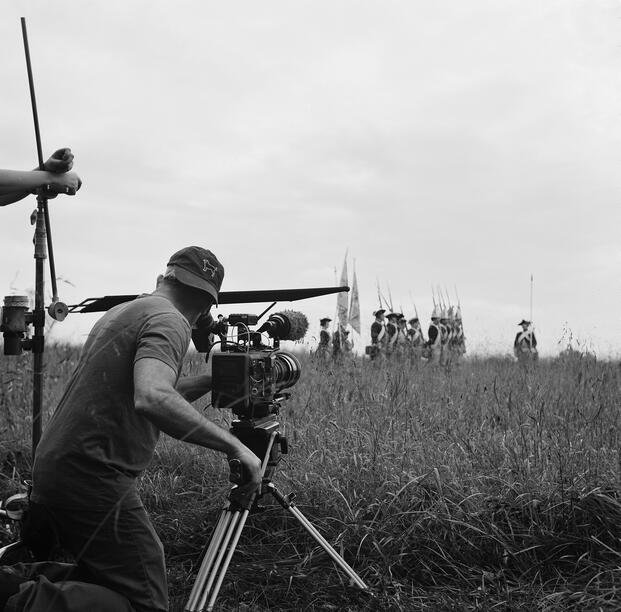
This shift mirrors how Americans think about their founding. It’s no longer just about statuesque heroes, closer to demigods than humans, but now, audiences are seeking more complex, human truths about building a nation.
Final Word
As the U.S. approaches its 250th anniversary in 2026, expect more Revolutionary War films and series to surface. The best among them will balance compelling storytelling with historical integrity. Whether it’s through Giamatti’s stubborn John Adams or Lin-Manuel Miranda’s lyrical Hamilton, the screen will continue to shape how Americans view their Revolution.
Want to explore more? Check out:
Story Continues
Read the full article here



